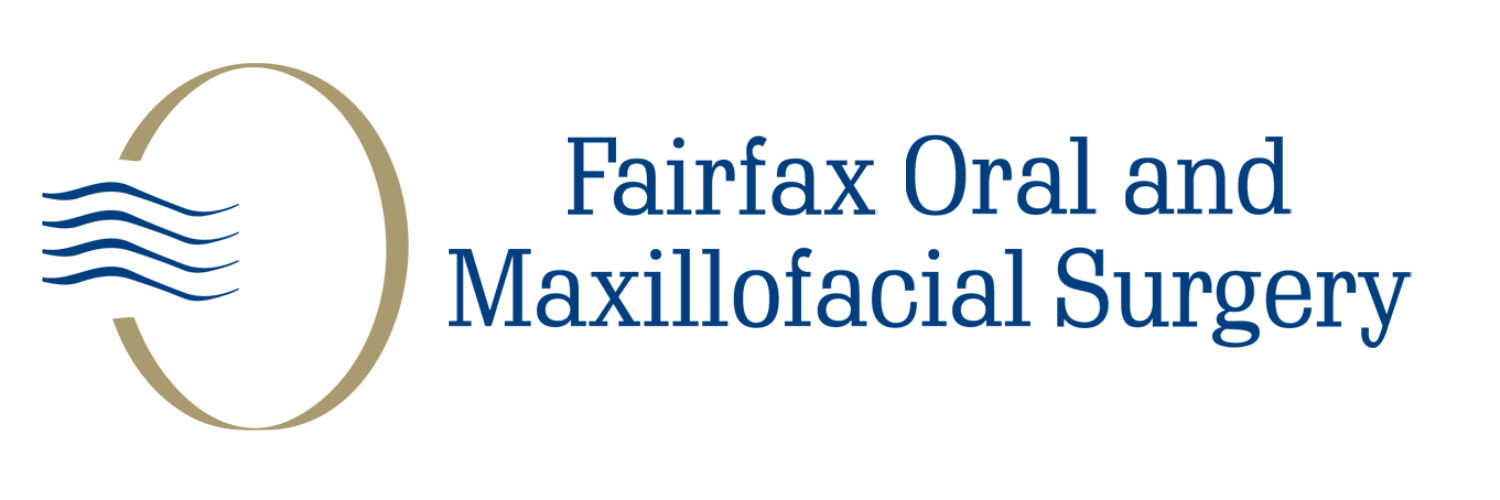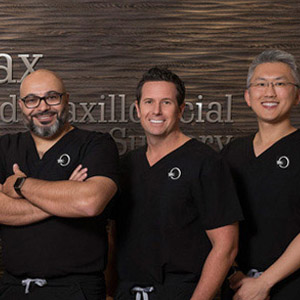Sinus Lift & Augmentation
Sinus Lift & Augmentations
In order for dental implants to be successful and long-lasting, it is imperative there be quality and enough quantity of jawbone to which the implant will be attached. If bone loss has occurred due to periodontal disease or an injury, a sinus augmentation can be performed to raise the sinus floor and allow for new bone formation. One of the most common bone grafting procedures for those with bone loss in the upper jaw is a Sinus Lift. The intended outcome of the procedure is to grow bone in the floor of the maxillary sinus just above the bony ridge of the gum line that anchors the teeth in the upper jaw. Dental implants can then be placed and secured into this new bone growth.

Am I a Candidate for a Sinus Lift Procedure?
A sinus lift may be necessary if you…
- Are missing more than one tooth in the back of your jaw.
- Are missing a significant amount of bone in the back of your jaw.
- Are missing teeth due to a birth defect or condition.
- Are missing most of the maxillary teeth, but require support for dental implants.
How Is a Sinus Lift Performed?
Typically a small incision is made on the molar or premolar region to expose the jawbone. Next a small opening is cut into the bone allowing the surgeon to push the membrane lining and the sinus upward and the space is then filled with bone grafting material. The incision is the closed with stiches and the healing process begins. Over the next several months of healing, the bone grafting material becomes part of the jaw and dental implants can then be placed in this new sinus bone.
In some cases there may be enough bone between the upper jaw ridge and the bottom of the sinus to allow for both the sinus lift and dental implant to be performed at the same time.
















